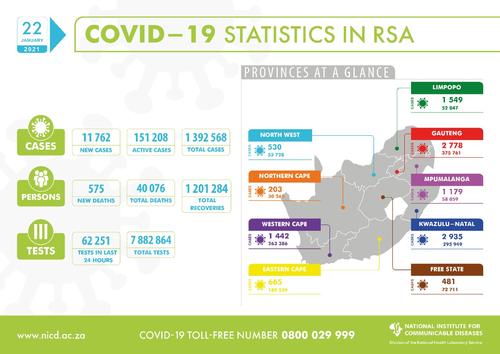Yh

The world is standing in line and the those that endorsed the experimentation and the "accidental release is behind the gun. Eish!I know let's take everyone, put us in a line in front of a machine gun, but
we will use a bind person as the gunner. We all know she will get some and miss some, but hey.
Rightio then let's all line up shall we.

















